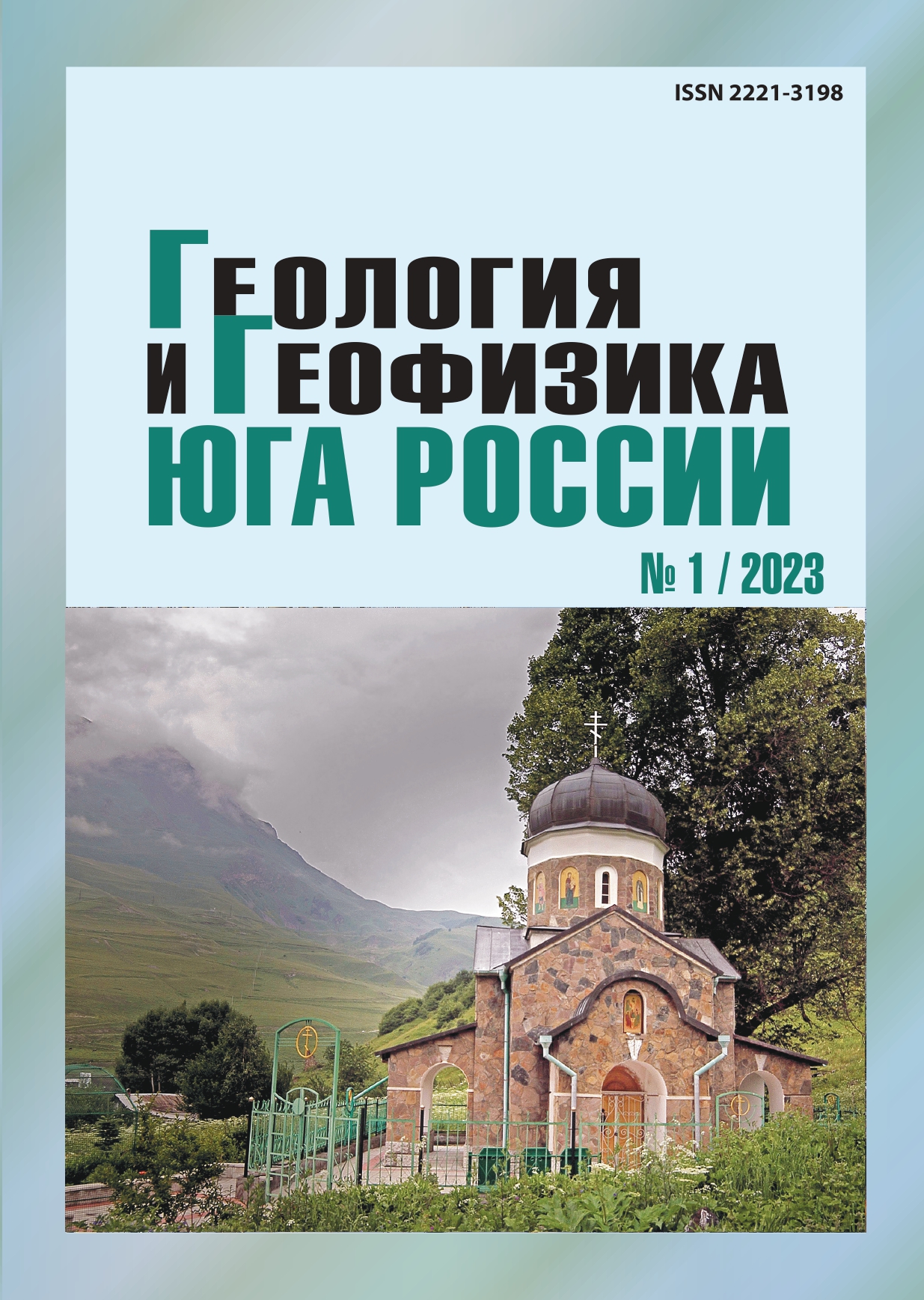Geomorphological, geological and tectonic structure, geodynamic and ecological conditions of Mount Mashuk and the adjacent territory of the central part of the Caucasus Mineralnye Vody region
Abstract
Relevance. Mount Mashuk occupies a geographically central place not only on the territory of the Caucasian Mineral Waters (CMW) among numerous igneous diapirs and cryptolaccoliths, it is one of the most important tourism objects, but also a unique object for studying geological, tectonic and geodynamic conditions, especially in terms of seismicity and environmental safety territory.The aim of the study is a comprehensive study of Mount Mashuk to ensure seismic and environmental safety, as well as sustainable socio-economic development of the CMW region. Methods. At the first stage of scientific research, an analysis of numerous material on geomorphology and geological structure was carried out, including data from seismological studies of the territory of the city of Mashuk and adjacent territories. Materials on topographic surveys and satellite images of various scales (large and medium) have been prepared, a theoretical base and methodology for scientific research have been developed. The theoretical basis was based on traditional and non-traditional concepts (the rotational concept of tectogenesis, its corollary – plume tectonics, ring tectonics and block tectonics, extension structures, the concept of the nature of structures of the central type).From traditional ideas, the doctrine of modern and ancient facies, natural-territorial complexes (NTC) and landscape science were used. The methodology of scientific research is also based on traditional and non-traditional methods. Of the traditional methods, the well-known system-aerospace method of group geological survey, the method of key areas, and the structural-geomorphological method were used. Of the non-traditional ones: a new method of landscape-geoecological mapping, a structural-metric method and a method of interpreting the SCT, or a method of ore-gas-geological and seismic zoning. Results. As a result of studying the materials of predecessors in geomorphology, geology and tectonics, deciphering satellite images of various scales and topographic maps, maps compiled by the authors were analyzed: landscape and geoecological conditions, a scheme of ore, gas, geological and seismic zoning, schemes of geodynamic conditions. Based on them, a forecast of environmental conditions (flooding, flooding) was made; areas of seismic risks (possible epicenters of catastrophic earthquakes) are identified. The main features of the geomorphological, geological-tectonic structure and geodynamic conditions of Mount Mashuk and adjacent territories are revealed.For the first time, recommendations were issued on the prevention of catastrophic earthquakes by drilling wells for thermal and mineral springs in superresonant zones.


